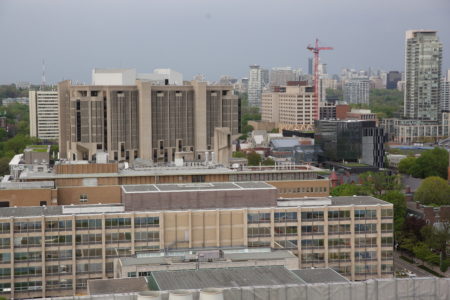Interesting from a social movement perspective:
The UBC encampment for Palestine has been going strong since April 29. Working as a horizontal organizational structure, the encampment is a leaderless, non-hierarchical space where everyone is equal. We have groups in charge of different tents related to the daily operation of the camp, including food, safety, supply, medicine, art, and library. General meetings are held as frequently as possible and are the only platform to decide the goals of the encampment. It is a process of direct democracy where everyone’s voice is heard and considered, with final decisions being made based on majority votes.
Everyone who shows up to this camp is intelligent, kind, and capable of doing great things, however, we are humans, and deep down, we all seek a sense of belonging. This whole encampment is like a community, and within it, each tent is part of the group. However, it did not always feel like a cohesive community. Before the camp reached this structure, it was run by multiple “invisible” hierarchies.
Initially, there were instances where outgoing white, cisgender, and conventionally-attractive men were automatically assumed to be smart, reliable, and worthy to make decisions, while non-conforming and marginalized individuals had to work harder to be acknowledged. I don’t think this was done purposely, but can be attributed to the mixture of pressure at the encampment and the unconscious biases ingrained in colonial ideologies. The constant struggle to have all our voices heard caused tension in the supposedly democratic structure, as well as relationship mistrust in the camp. This was not what I and a lot of comrades expected from this space, where solidarity with Palestinians against colonization demands democratic practice and decentralized decision-making.
As a young, gender-non-conforming person of color, my voice was often overshadowed in favour of white, cisgender campers. We took time to acknowledge and address these biases and hierarchical structures and we came up with alternative ways to ensure every voice was heard. I believe our camp is being managed in a more inclusive way, moving toward good causes, rather than replicating oppressive systems.
Personally, I think the progressive obsession with the identities of their messengers is counterproductive to effective political organizing. A person’s ideas are good or bad based on their content, not the demographic characteristics or group identity of the speaker. Viewing people as legitimate or illegitimate participants because of arbitrary features of their identity turns them from active thinking agents to mere group representatives. Also, this sort of privileging and de-privileging puts feelings of purity and moral superiority ahead of the question of whether the activism is having any broader societal effect.






